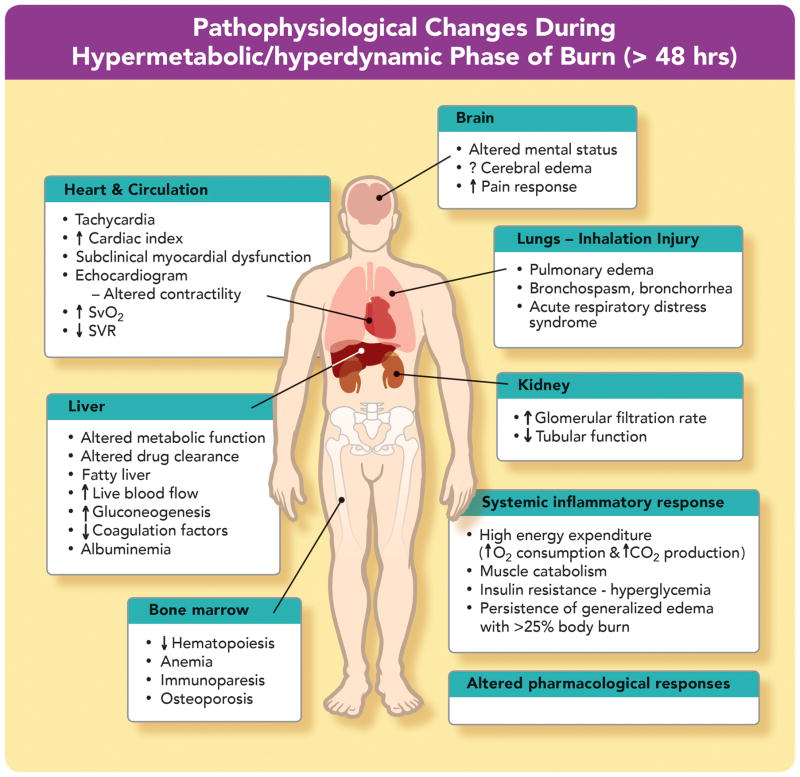FIGURE 2. Pathophysiological changes during hypermetabolic/hyperdynamic phase of burn.
At 48–72 h after burn, the hypermetabolic-hyperdynamic (flow) phase starts, characterized by increased oxygen consumption, carbon dioxide production, and cardiac output, with enhanced blood flow to all organs including skin, kidney (glomerular filtration rate [GFR]) and liver, and decreased systemic vascular resistance (SVR). Increased venous oxygen saturation (↑SVO2) is related to peripheral arteriovenous shunting. The markedly decreased SVR mimics sepsis. Lungs and airways may continue to be affected because of inhalation injury and/or acute respiratory distress syndrome. Pulmonary edema can occur due to distant effects of major burn and to reabsorption of edema fluid (hypervolemia). The altered mental status may be related to burn itself and/or concomitant drug therapy. Release of catabolic hormones and insulin resistance leads to muscle protein catabolism and hyperglycemia.

